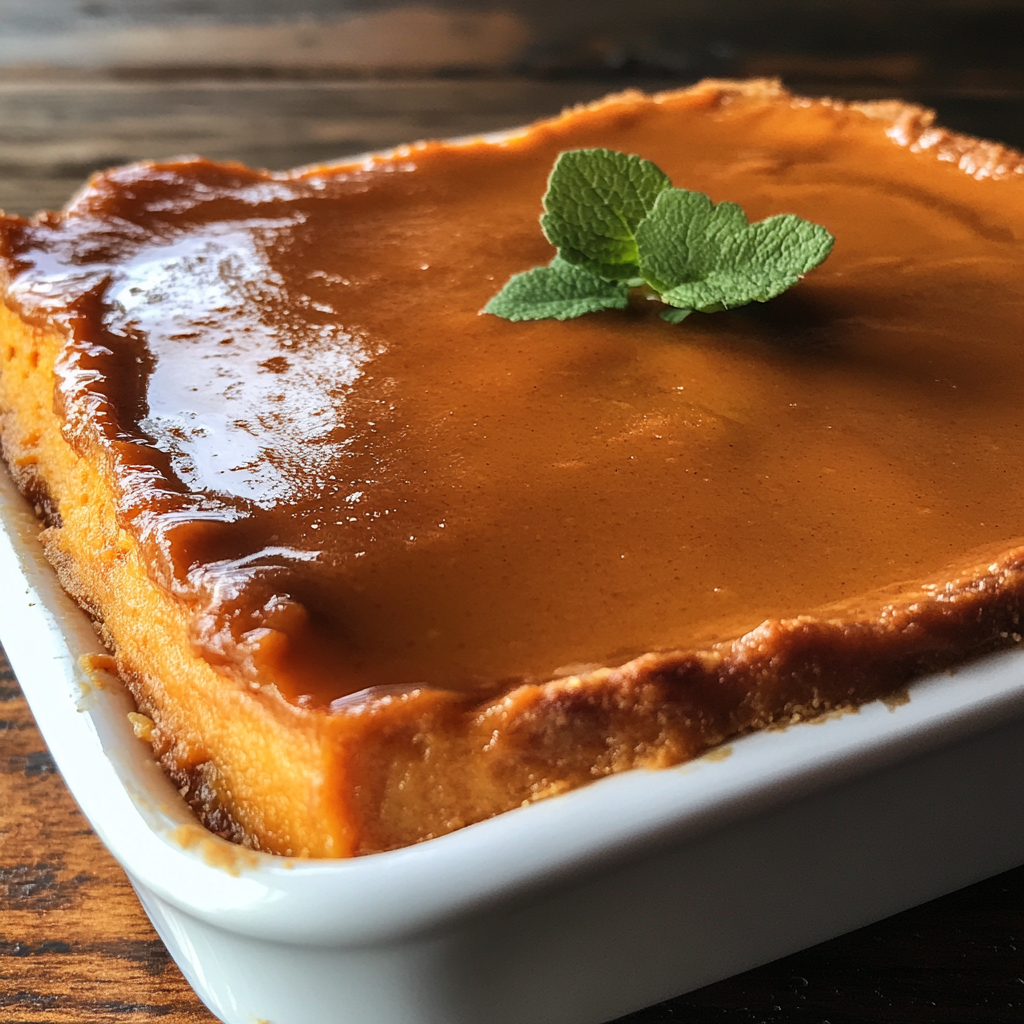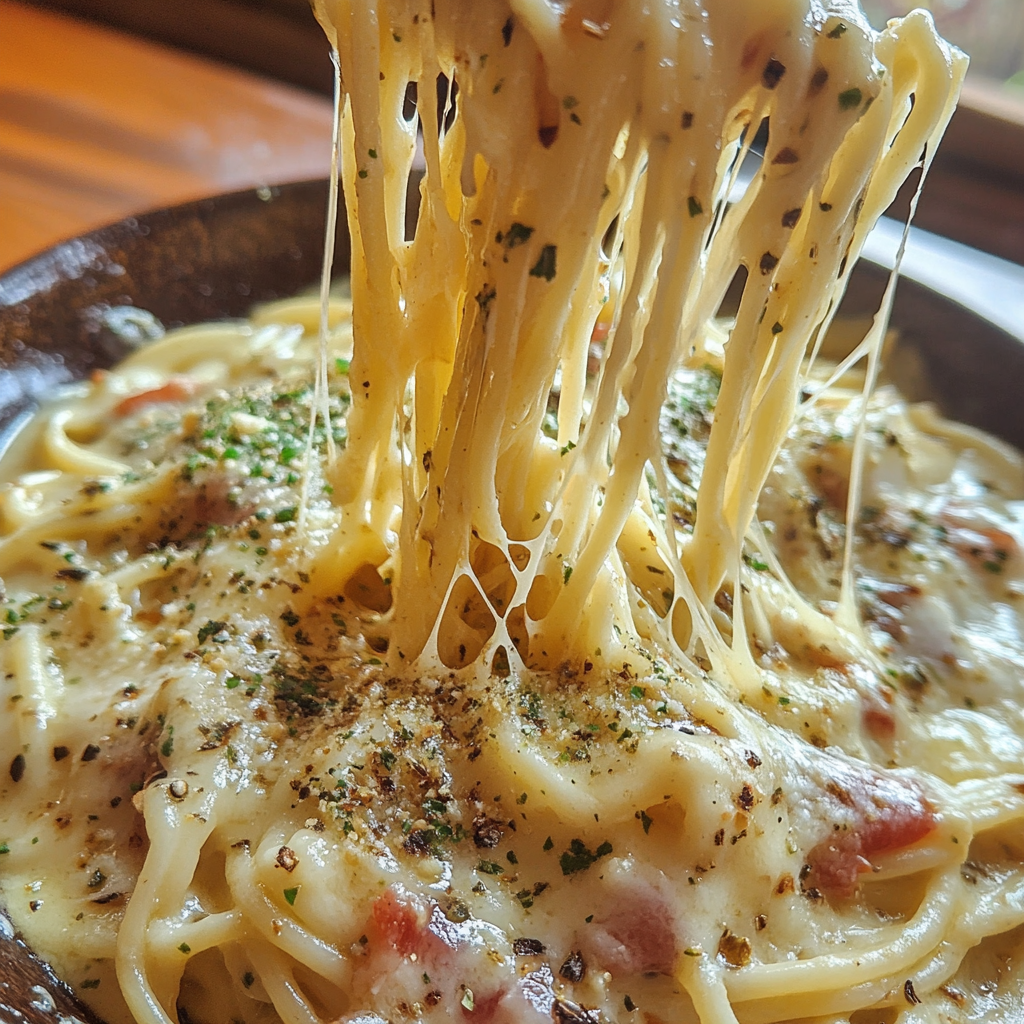Cornbread: A Classic Southern Comfort Food
When it comes to traditional Southern cuisine, cornbread is a staple that has been passed down through generations. Whether enjoyed as a side dish to barbecue, chili, or a hearty stew, cornbread’s golden crust and soft, crumbly texture make it a crowd favorite. This guide will take you through the history, variations, and step-by-step instructions on how to make the best cornbread at home.
For an even heartier meal, you can pair your cornbread with a comforting dish like Crockpot Ham and Green Beans or try serving it with Slow Cooker Magic: Crock Pot Baked Ziti, creating a combination of savory goodness.
Why Cornbread is a Southern Favorite
Cornbread holds a special place in Southern cuisine, and it’s easy to see why. Made primarily from cornmeal, cornbread can be baked in a skillet, muffin tin, or even shaped into sticks. It’s perfect for soaking up rich gravies and sauces, making it a must-have alongside dishes like chili, pulled pork, or fried chicken.
Cornbread can be sweet, savory, or even spicy, depending on the ingredients you add to it. It is incredibly versatile and easy to prepare, even for beginner cooks. With just a few pantry staples, you can create a delicious, homemade cornbread in under an hour.
If you enjoy meals that bring back a sense of nostalgia and comfort, pair your cornbread with dishes like No Peek Beef Tips, which are rich and full of flavor.
Key Ingredients for Traditional Cornbread
Making cornbread requires a few simple ingredients, most of which you probably already have in your kitchen. Here’s what you need:
- Cornmeal: The star of the dish, giving cornbread its signature texture and flavor.
- Flour: Helps bind the cornmeal and creates a more cake-like consistency.
- Baking Powder: Essential for making the cornbread rise.
- Eggs: Adds richness and structure to the bread.
- Milk or Buttermilk: Moistens the batter and adds flavor (buttermilk adds a slight tang).
- Butter or Oil: For richness and to keep the cornbread from being too dry.
- Sugar (optional): Use sugar if you prefer sweet cornbread. Traditional Southern cornbread tends to be less sweet.
How to Make Cornbread
Step-by-Step Guide to Homemade Cornbread
1. Preheat the Oven
- Preheat your oven to 400°F. Grease a cast-iron skillet or an 8×8 inch baking pan.
2. Mix the Dry Ingredients
- In a large bowl, whisk together 1 cup of cornmeal, 1 cup of flour, 1 tablespoon of baking powder, and 1/2 teaspoon of salt.
3. Combine the Wet Ingredients
- In another bowl, beat 2 eggs. Add 1 cup of milk (or buttermilk) and 1/4 cup of melted butter (or oil). If you’re making sweet cornbread, mix in 1/4 cup of sugar at this point.
4. Mix the Wet and Dry Ingredients
- Gradually add the wet ingredients to the dry ingredients, stirring just until combined. Be careful not to overmix as this can make the cornbread dense.
5. Bake
- Pour the batter into the prepared skillet or pan. Bake for 20-25 minutes or until the top is golden brown and a toothpick inserted into the center comes out clean.
6. Cool and Serve
- Let the cornbread cool slightly before slicing and serving. Serve warm with butter, honey, or even a drizzle of maple syrup.
For more ideas on how to add an extra twist to your cornbread, check out Cowboy Cornbread Casserole, which combines cornbread with meat and vegetables for a full meal in one pan.
Popular Variations of Cornbread
While the classic cornbread recipe is always a hit, there are many ways to customize this dish to fit your preferences:
1. Sweet Cornbread
- Add extra sugar or honey to the batter for a sweeter cornbread. Some people even top their cornbread with honey butter for a decadent finish.
2. Savory Cornbread
- To make a savory version, skip the sugar and add ingredients like shredded cheddar cheese, diced jalapeños, or cooked bacon.
3. Skillet Cornbread
- Baking cornbread in a cast-iron skillet gives it a deliciously crispy crust, which contrasts beautifully with the soft, moist interior.
4. Gluten-Free Cornbread
- You can make cornbread gluten-free by using a gluten-free flour blend or substituting all the flour with more cornmeal.
5. Buttermilk Cornbread
- Swap out the regular milk for buttermilk to give the cornbread a richer, tangier flavor. Buttermilk also helps keep the cornbread moist.
How to Store, Reheat, and Serve Cornbread
Storing Cornbread
- Keep leftover cornbread in an airtight container at room temperature for up to 3 days. If you prefer, you can refrigerate it for up to a week.
Freezing Cornbread
- Cornbread freezes well. Wrap individual slices in plastic wrap and store them in a freezer-safe bag for up to 3 months. Thaw at room temperature or in the fridge before reheating.
Reheating Cornbread
- To reheat, wrap the cornbread in foil and warm it in the oven at 350°F for 10-15 minutes. You can also microwave individual slices for about 30 seconds.
Cornbread is a fantastic accompaniment to Southern dishes like Dorito Chicken Casserole or try it alongside Chicken Bacon Ranch Potatoes.
Nutritional Information and Healthier Adjustments
While cornbread is a comforting and hearty dish, it’s not always the lightest option. Here’s a breakdown of the nutrition:
Nutritional Breakdown (per serving):
- Calories: 180-220
- Fat: 8g
- Carbohydrates: 28g
- Protein: 5g
Healthier Adjustments:
- Lower the Fat: Use olive oil or a plant-based butter substitute to cut down on saturated fat.
- Cut the Sugar: Omit sugar entirely for a traditional savory cornbread.
- Increase Fiber: Use whole grain cornmeal or substitute a portion of the flour with whole wheat flour.
Frequently Asked Questions (FAQs) About Cornbread
1. Should cornbread be sweet or savory?
- This depends on personal preference. Traditional Southern cornbread is savory, while Northern versions tend to be sweeter.
2. Can I make cornbread without eggs?
- Yes, you can replace the eggs with flaxseed meal or applesauce for a vegan version.
3. How do I keep cornbread from crumbling?
- To prevent crumbling, use buttermilk, add an extra egg, or include more fat like butter or oil.
4. Can I freeze cornbread?
- Yes, cornbread freezes well. Wrap it tightly and store for up to 3 months.
5. What’s the best way to reheat cornbread?
- Reheat cornbread in the oven at 350°F for 10-15 minutes or microwave individual slices for a quick warm-up.
Conclusion: Cornbread, A Comforting Classic
Whether you prefer it sweet, savory, or spicy, cornbread is a versatile dish that can be customized to suit any meal. With its simple ingredients and quick preparation, it’s no wonder this Southern staple has been beloved for generations. Experiment with your favorite add-ins or keep it classic — no matter how you serve it, cornbread is a comfort food that always delivers.
For more recipes that complement cornbread, check out our Ultimate Comfort Food: Cream Potato Soup, or for a more adventurous dessert, try our Orange Creamsicle Moonshine.




